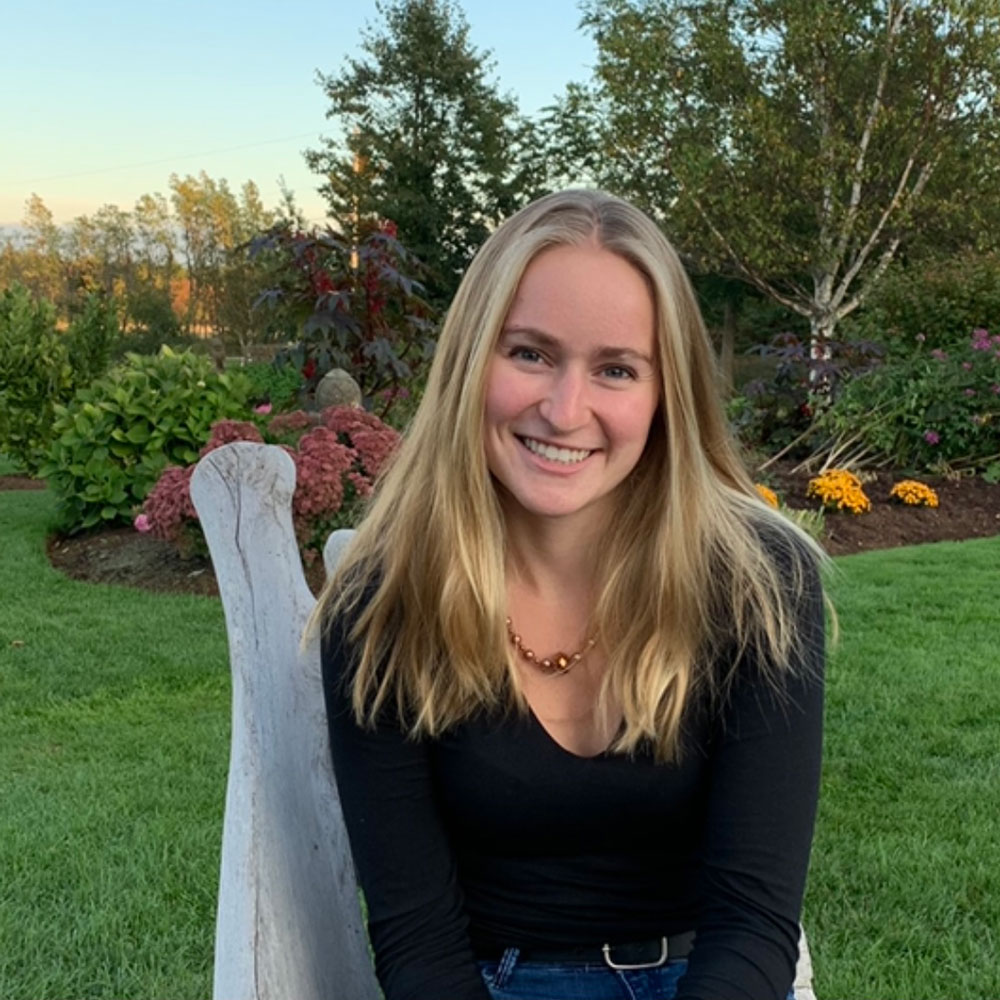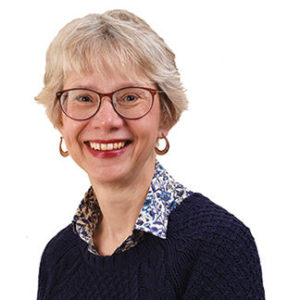
The last time we checked in with Gemma Postill (Leaside Life, July, 2017), she had won one of the five President’s Entrance Scholarships at Western, worth $65,000.
Now the Leaside High School alumna has entered a rigorous joint MD/PhD program comprising four years of medical school and four years of research at University of Toronto’s medical school.
While at Western completing her undergraduate degree in medical science, Gemma participated in a research project culminating in her being the lead author of a report on cremation data published by the Ontario Science Advisory Table this past May.
Gemma described her interest in research as rooted in her positive learning experiences at LHS, especially in her physics class. Her teacher, Mr. Keeves, created worksheets that forced students “to figure out the material and not just memorize it, but DISCOVER it.”
When Gemma started at Western, she sought out similar experiences in her chosen field of population health. She spoke to several professors, including Dr. Mark Daley, who suggested she join a project he’d been discussing with Ontario’s Chief Coroner Dr. Dirk Huyer.
Dr. Huyer and his team had just created an online system for cremation records which replaced the previous paper record system. This change meant that cause of death information on those cremated in Ontario would be available more quickly – in fact, within three weeks. But more work was needed, Gemma said, “to determine if the cremation data could predict provincial death- data in real time.”
At first, Gemma’s job consisted of “data cleaning,” a role she describes as being like “a dishwasher or a prep cook” in a restaurant. Her role evolved over time and by 2021, she was leading some of the analysis and collaborating with researchers from other universities, much like being promoted to a junior chef position.
Gemma played a major role in this project even while she was carrying- ing a full course load in medical science. She encountered a number of challenges such as learning Python, a computer programming language that can manage large and complex data sets. But she enjoyed the work, describing it as more of a hobby than a job. She especially loved the creativity involved in designing graphs to represent the data, which, she said, was a welcome break from writing countless multiple-choice exams.
She summarized the resulting report for the Ontario Science Advisory Table: “Cremation data was able to identify that there was ‘excess mortality,’ or an unexpectedly high number of weekly deaths, during the pandemic. And these deaths were not caused just by the COVID-19 virus itself.” She added, “This was an important finding not only for this pandemic, but for possible future health emergencies.”
A more personal result of the project for Gemma was that “it sparked a love of research into population health and more specifically, understanding why some people die and others don’t.” That has led her to her current graduate program, moving toward a career as a clinician scientist, spending half of her time in a hospital and the other half continuing with this research. It is comforting to know that this remarkable young woman from Leaside will play a role in the future of our healthcare.


